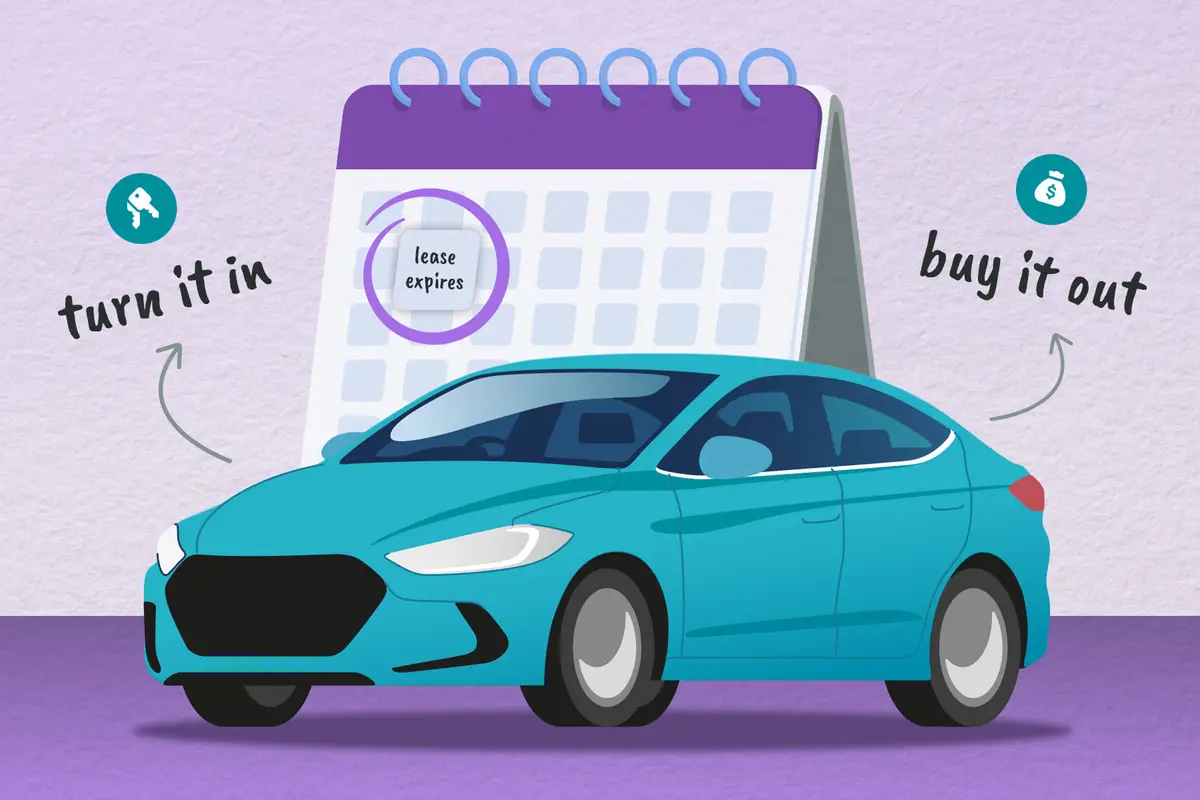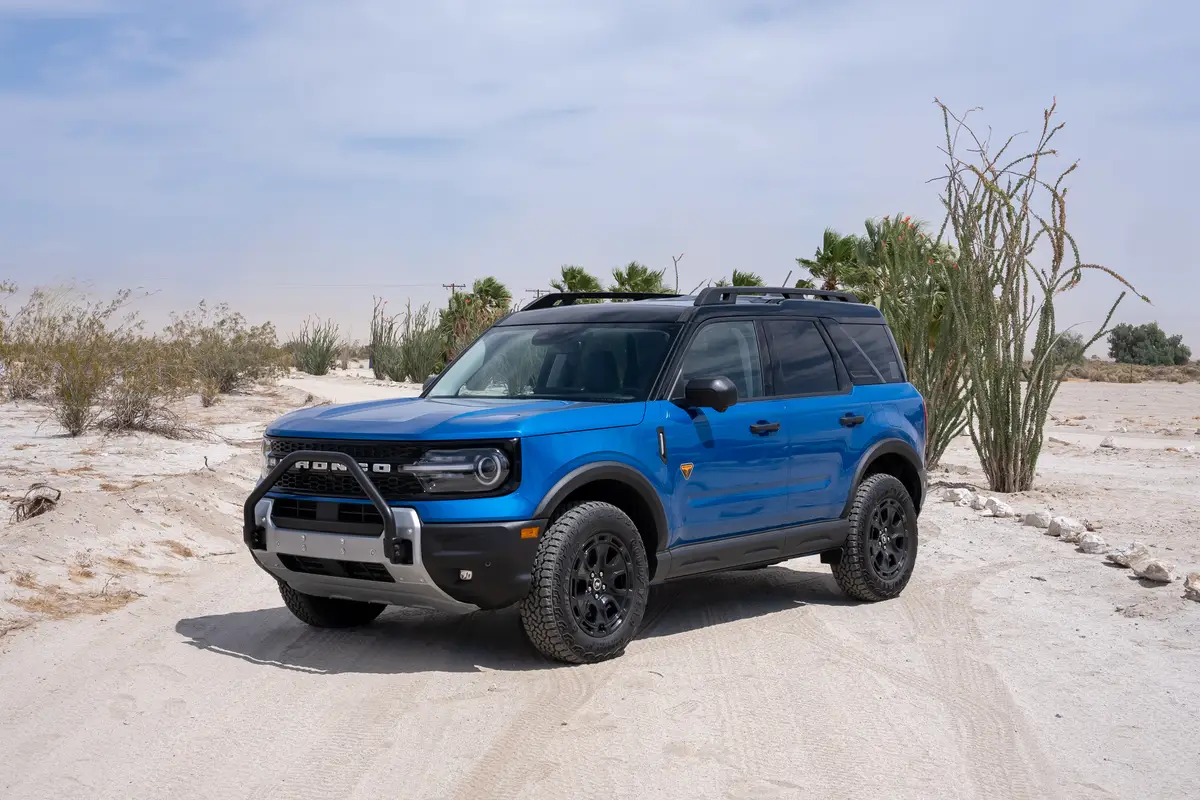2014 Mazda CX-9: Car Seat Check

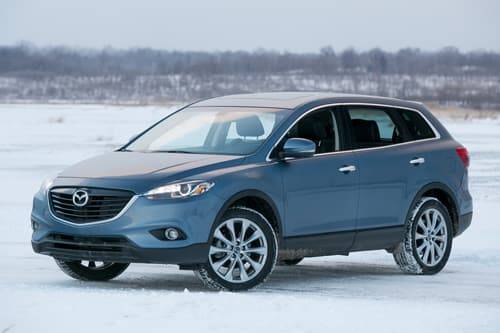
Fun to drive isn’t the first thing that comes to mind when describing three-row crossovers, but the 2014 Mazda CX-9 is just that with its 3.7-liter V-6 engine and responsive automatic transmission. Things got decidedly less fun when installing child-safety seats into it, however. The CX-9’s interior isn’t the roomiest, and the third row doesn’t have a set of lower Latch anchors or any tether anchors. We can live without the third-row Latch anchors because you can use a seat belt to install a car seat instead, but the missing tether anchors means that a forward-facing convertible cannot be installed there.
In Car Seat Checks, we don’t install rear-facing child-safety seats in the third row because most parents want the young children who ride in these seats in the second row so they can assist them, if needed. Kids in forward-facing car seats are older and a bit more independent, making it more likely that parents will install their child-safety seats in the third row when necessary.
How many car seats fit in the second row? Two
How many car seats fit in the third row? Because there are no tether anchors, we only installed the booster seat in the third row.
What We Like
- When installing the rear-facing convertible seat, we only had to move the front passenger seat forward an inch or two to fit it. Our 5-foot-6-inch tester had enough legroom to sit comfortably.
- The forward-facing convertible fit well in the second row, though we struggled to attach the Latch connectors to the anchors.
- The booster seat fit well in both the second and third rows, but both rows have floppy seat belt buckles, which can be difficult for younger kids to use independently.
What We Don’t
- The lack of a tether anchor for the third row makes this crossover less ideal for growing families because a forward-facing convertible can’t be installed back there.
- In the second row, the two sets of Latch anchors are buried deeply in the seat cushions; reclining the seatbacks didn’t make it much easier to access the anchors. The second row’s tether anchors sit at the base of the seatbacks, which we found difficult to reach until we slid the row forward.
- To fit the rear-facing infant seat, we had to move the front passenger seat so far forward that our tester was uncomfortable.
- Getting into the third row is tough. The passageway is narrow even after you slide the seat forward and then lean the seatback as far forward as it will go.
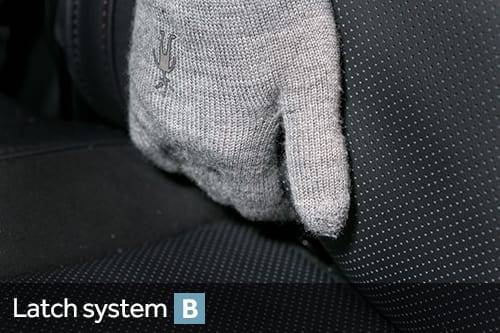
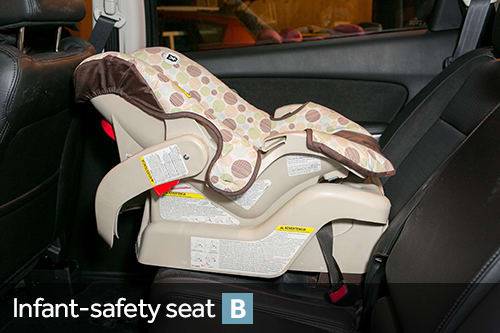
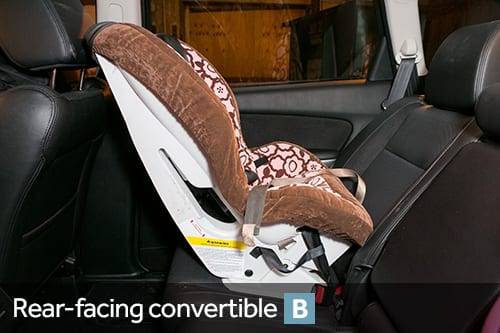
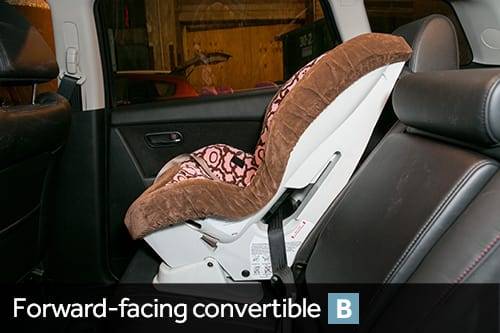
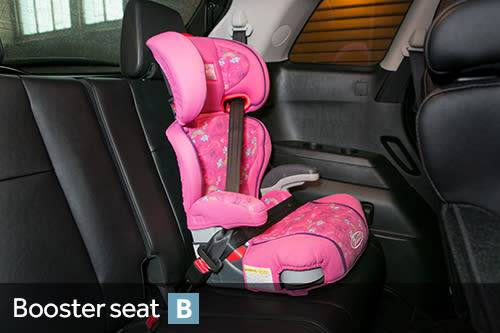
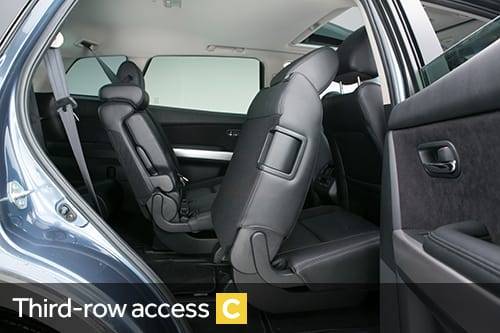
Grading Scale
A: Plenty of room for the car seat and the child; doesn’t impact driver or front-passenger legroom. Easy to find and connect to Latch and tether anchors. No fit issues involving head restraint or seat contouring. Easy access to the third row.
B: Plenty of room. One fit or connection issue. Some problems accessing third row when available.
C: Marginal room. Two fit or connection issues. Difficult to access third row when available.
D: Insufficient room. Two or more fit or connection issues.
F: Does not fit or is unsafe.
About Cars.com’s Car Seat Checks
Editors Jennifer Geiger and Jennifer Newman are certified child safety seat installation technicians.
For the Car Seat Check, we use a Graco SnugRide 30 infant-safety seat, a Britax Roundabout convertible seat and Graco TurboBooster seat. The front seats are adjusted for a 6-foot driver and a 5-foot-8 passenger. The three child seats are installed in the second row. The booster seat sits behind the driver’s seat, and the infant and convertible seats are installed behind the front passenger seat.
We also install the forward-facing convertible in the second row’s middle seat with the booster and infant seat in the outboard seats to see if three car seats will fit; a child sitting in the booster seat must be able to reach the seat belt buckle. If there’s a third row, we install the booster seat and a forward-facing convertible. To learn more about how we conduct our Car Seat Checks, go here.
Parents should also remember that they can use the Latch system or a seat belt to install a car seat, and that Latch anchors have a weight limit of 65 pounds, including the weight of the child and the weight of the seat itself.

Editor-in-Chief Jennifer Newman is a journalist with more than 25 years of experience, including 15 years as an automotive journalist at Cars.com. Jennifer leads the Editorial team in its mission of helping car shoppers find the vehicle that best fits their life. A mom of two, she’s graduated from kids in car seats to teens behind the steering wheel. She’s also a certified car-seat technician with more than 12 years of experience, as well as member of the World Car Jury, Automotive Press Association and Midwest Automotive Media Association. LinkedIn: https://www.linkedin.com/in/jennilnewman/ Instagram: @jennilnewman
Featured stories

